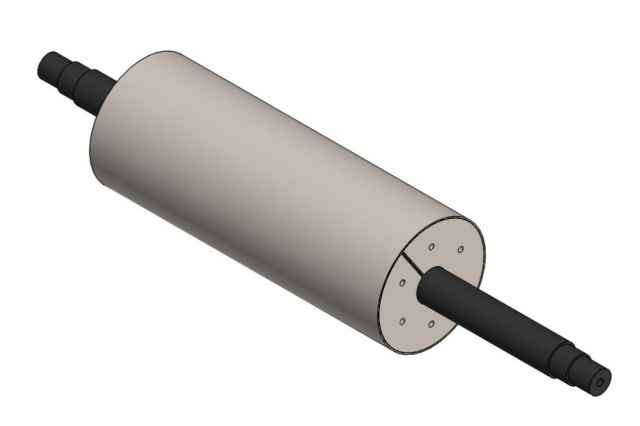
A substrate, in its simplest form, is the underlying material on which something else is applied or attached. Think of it as the foundation or base layer. The "something else" could be a coating, an adhesive, or even a biological cell. The substrate provides physical support and often plays a crucial role in how well the applied material functions.
In manufacturing and construction, understanding the properties of the substrate is paramount. It directly influences the performance, durability, and aesthetics of the finished product. For example, the choice of wood substrate for furniture affects its strength, appearance, and resistance to environmental factors.
Substrates are incredibly diverse, spanning a wide range of materials. Here are some common categorization methods:
Consider the difference between a metal substrate used for automotive painting (requiring corrosion resistance and good adhesion) and a paper substrate used for printing (requiring absorbency and smoothness). Each application demands specific substrate characteristics.
Let's delve a bit deeper into specific substrate materials:


The substrate's role is far from passive. It significantly affects:

Consider a bridge. The concrete substrate must withstand immense compressive forces and resist weathering. Its selection and preparation are critical for the bridge's safety and longevity.
Surface preparation is the process of cleaning and modifying the substrate's surface to enhance adhesion. Common methods include:
The choice of surface preparation method depends on the substrate material, the type of coating or adhesive being applied, and the desired level of adhesion. A poorly prepared surface is a leading cause of coating failures.
Not all coatings and adhesives work well with all substrates. Compatibility is determined by factors such as:
It's essential to consult material compatibility charts and conduct adhesion testing to ensure compatibility. Using an incompatible coating or adhesive can result in poor adhesion, blistering, cracking, and premature failure.
Various testing methods are used to evaluate substrate properties and adhesion:

These tests provide valuable data for selecting the right substrate, optimizing surface preparation methods, and ensuring the long-term performance of the finished product.
Substrate-related problems can lead to various issues:
Addressing these problems requires careful diagnosis and implementation of appropriate solutions.
Choosing the right substrate involves considering various factors:
A thorough evaluation of these factors will help you select the most appropriate substrate for your needs. Selecting the right substrate is crucial for achieving the desired performance, durability, and aesthetics.
Substrate technology is constantly evolving. Emerging trends include:
These innovations promise to revolutionize various industries, from construction to healthcare. As technology advances, we can expect to see even more sophisticated and sustainable substrates.
The substrate is a fundamental component in countless applications. Understanding its properties, importance, and compatibility is crucial for achieving optimal performance and durability. By carefully selecting and preparing the substrate, you can ensure the success of your project. Always remember the impact proper surface finishing tools can have on a project!



